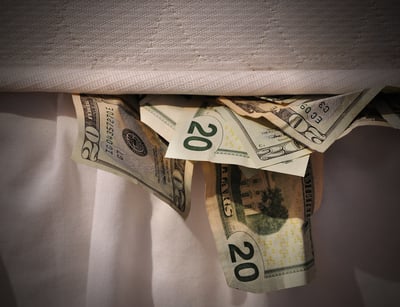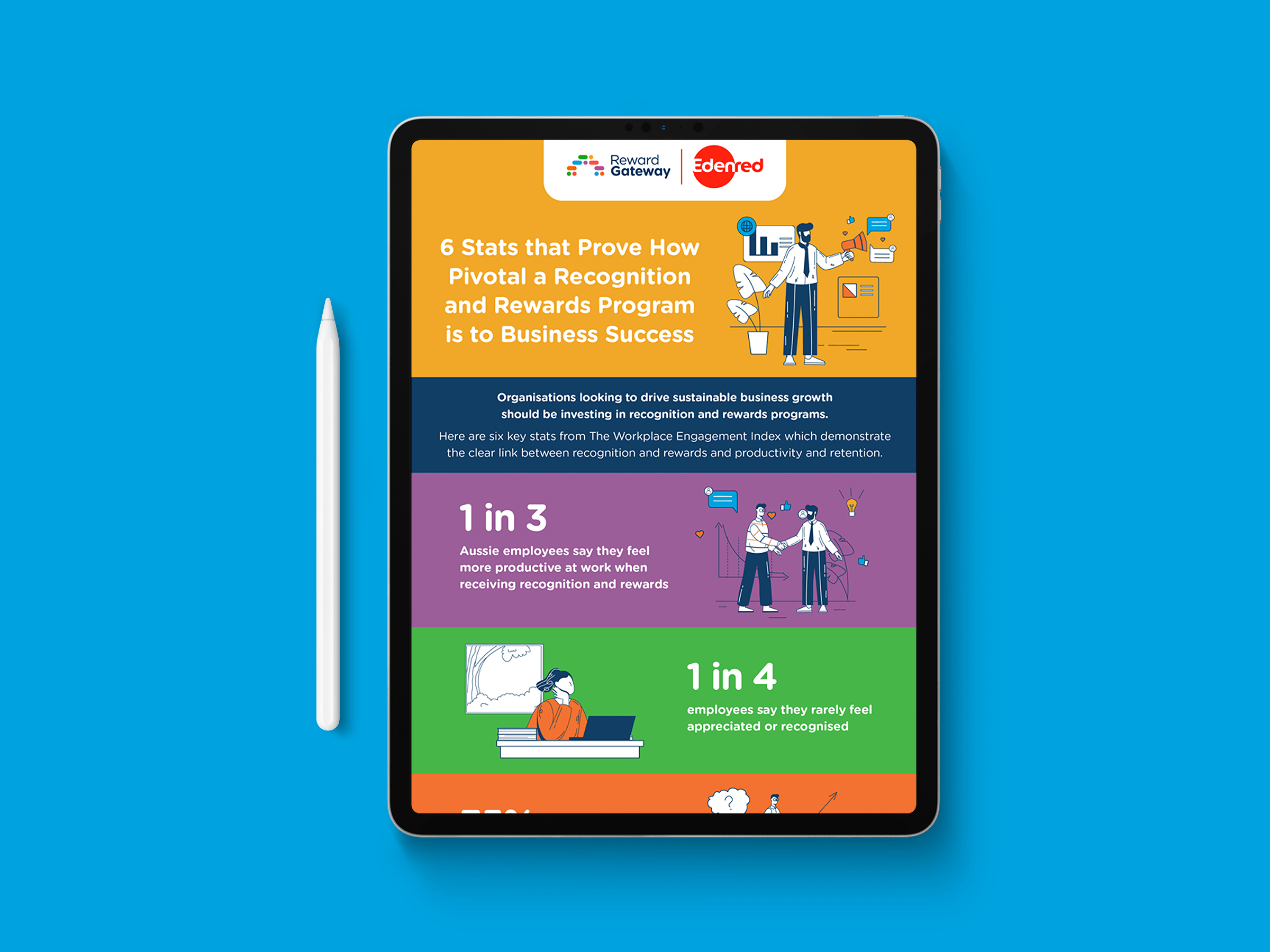You’ve spent time researching rewards programs and tactics, convinced leadership the investment was worth it for your workforce and fine-tuning it for launch. Now that’s it’s in play, it’s time to shout your successes from the rooftops. Here’s where your total rewards statement comes in. My favourite success story is from when I worked at a global retailer and visited one of our stores in Paris after rolling out total reward statement for the first time. The store manager was so pleased with the statement that he took my hand and kissed all along my arm. My colleague was so jealous that she said ‘What about me, I helped too!”
Now, you might not get that reaction every time, but it does point to the value of getting it right. Let’s get started.
What is a total reward statement?
It’s probably best to start out by explaining what a total reward statement (TRS) is in case you haven’t come across this term before.
A TRS is an online or printed document that is tailored to your company’s reward offerings, and personalised to provide the individual details of each employee’s reward programmes.
Think of a pie chart with the various slices, now picture each of the individual reward programs representing the slices of the pie chart, coming together to add up to be a comprehensive reward package.
Is your TRS the whole pie? Or just a slice?
A TRS is a great way to showcase your entire reward program, driving employee engagement at the same time. Additionally, it:
-
Shows the entire value
Often employees forget that the company provides them with more than just a pay cheque, giving them a range of other reward offerings (e.g. benefits, bonuses, shares). A TRS brings together all of these to show the entire value, combining them together to be a powerful and often motivational figure. The tagline we used at one of my company’s was ‘It all adds up’, for this is exactly what a TRS does. -
Shows the true package
As a TRS is personalised, it shows employees the true value of their rewards package, and not an estimate of what they believe it to be. It is highly personalised, showing facts, figures, tables and charts which highlight exactly what the company is giving to them. This cultivates better employee satisfaction, engagement and morale, by showing them that you care enough to create something just for them.
-
Helps with recruitment and retention
I’ve created TRS as a way to show a potential candidate the package they would receive if they joined the company. This is so much more effective than listing the various reward elements, as they don’t have the impact that the total picture can have. It’s about creating a wow moment from the second you’ve put the job offer on the table.
It can also be a powerful retention tool for if/when your employee receives an offer from another company they can be reminded of what they are walking away from. If they don’t have this to refer to, you risk them forgetting all that you give them and not understanding the benefits beyond their pay cheque.

Download our eBook for more ideas on how to use benefits to create a competitive employee value proposition »
How to create a top-notch TRS
I’ve been creating TRS for the past 30 years, but for those who are looking to refine their practice, or if this is your first one, here are my tried-and-true tips:
-
Make sure it is ‘right’
I know, I said that TRS are great, but, they aren’t great at all companies and even for all jobs. The way I look at it is, if the pie chart doesn’t look ‘good’ then it doesn’t make sense to prepare a TRS. What I mean by this is that if one or two elements of the total reward package overshadow the others then the pie chart may not have the power or tell the story that you want it to. Try a few sample ones and then decide if it is ‘right’. -
Data needs to be perfect
No matter how great the TRS is, if the data is incorrect you will turn a positive right into a negative. Do whatever it takes to make sure your data is 100% correct, and if you can’t do that, then I’d question whether it is the right thing to do. -
Don’t skip the details
If you want the TRS story to be a good one, you need to look at every element of total rewards. Don’t skip anything, discussing and debating if it should be included. Here’s a good (kind of entertaining) example from one of my old companies, we actually included the company’s contribution to toilet paper and teabags on a TRS. We did this because in this country it was not common practice to provide either, with employees having to bring them from home, so we wanted to highlight that a part of the total reward package was the company paying for these elements. Ask yourself, do you have any hidden ‘toilet paper or teabags’ to include? -
Take the time to communicate
If you are going to spend the time and money to create total reward statements, then take the time to develop a communications plan. How will you brief your managers so that they can explain it well to their employees? What tools will you provide to answer any questions and respond to any feedback?
A TRS can be a powerful tool to open up conversation about new rewards, or showcase the successes of existing reward programs. But it’s important - as we always say - to ask about the ‘why’ for your TRS. If it’s not accomplishing your goals, what good is it?
How have you developed TRS? What challenges have you faced?
 Debra Corey
Debra Corey



